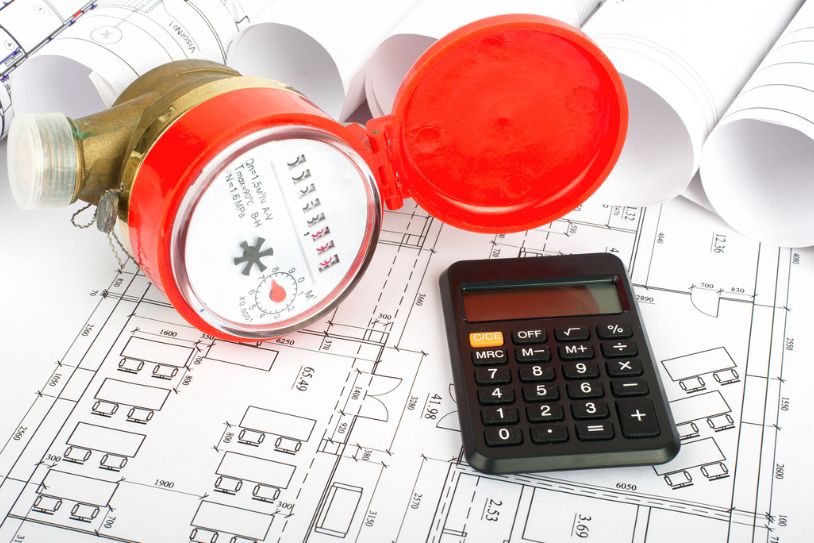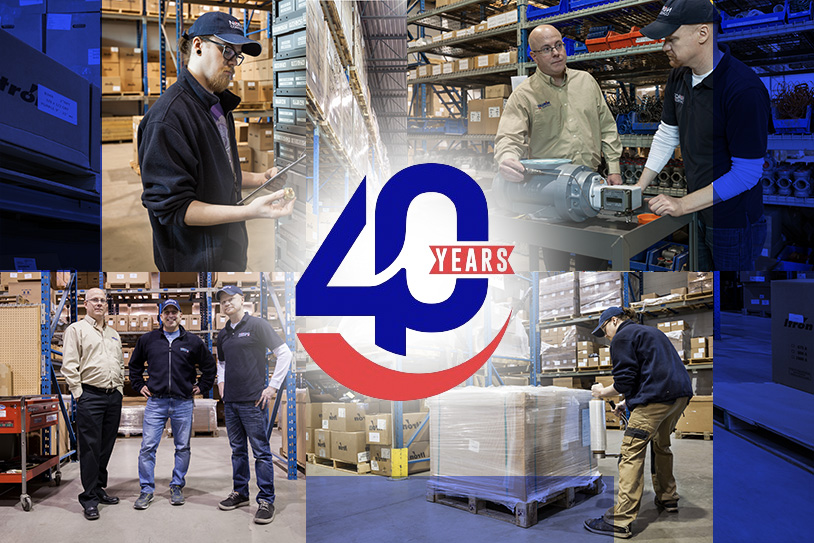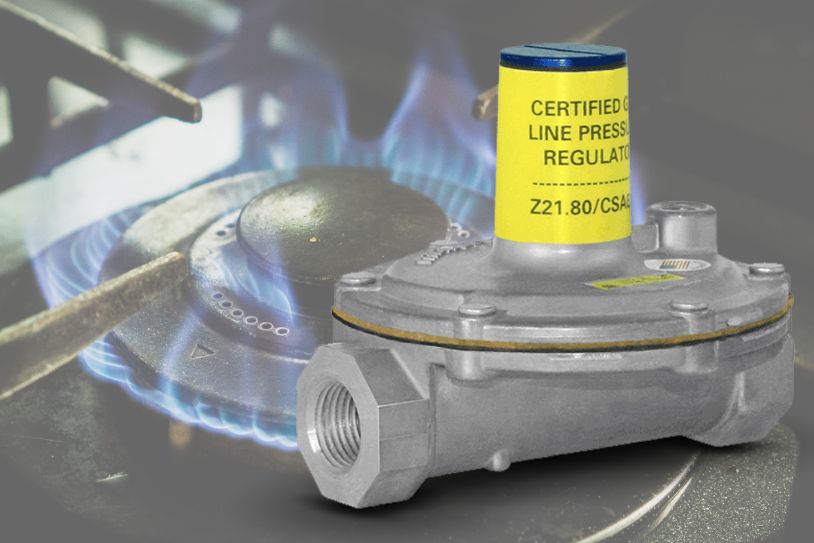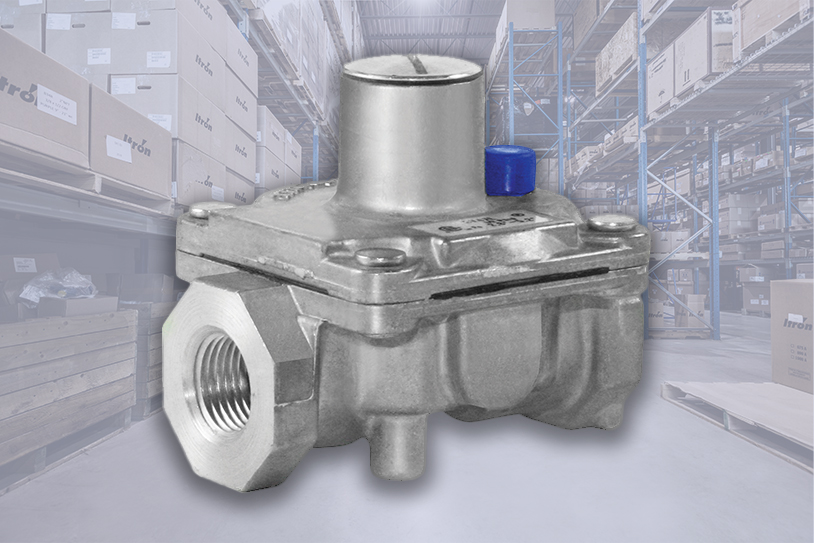How to Choose the Right Water Meter for Your Application?

Choosing a water meter is not as straightforward as it might seem. Different applications may require different types of water meters. So it’s important to understand the factors that influence water meter selection, so you can choose the right one for your application, whether residential, commercial, or industrial. In this article, we explore nine important factors in water meter selection.
Factors to Consider When Selecting a Water Meter
Water meter selection has no room for error. Choosing the incorrect meter can complicate matters, leading to inaccurate readings, poor flow rates, unnecessary wastage, and faster meter deterioration. You can improve your proficiency in picking the ideal water meter for various applications by considering the nine factors below.
1. Meter Size
Size is among the first points to consider when choosing a water meter. The meter size determines the minimum and maximum flow rate from the supply source to your residential, commercial, or industrial application. It impacts water pressure and can influence readings and the service life of the meter.
Standard meters come in different sizes, including 5/8”, 3/4”, 1”, 1.5”, and 2”. Choosing the incorrect meter size can lead to inaccurate readings because of increased or decreased water pressure. The ideal meter size should ensure that the maximum flow rate does not exceed constant flow within nominal operating conditions. Check the flow rate in your distribution system to determine the appropriate meter size for your application.
2. Water Source and Cleanliness
When selecting a water meter, you’ll need to consider your water supply source. Does your water come from a river, a well, a pipe, or somewhere else? Where your water comes from will influence its quality, and therefore the type of meter you’ll need.
For example, mechanical water meters are not ideal for applications where the water is not of good quality, as poor-quality water can quickly wear out the propeller and other moving parts inside the meter. This type of water meter is better suited to measuring less contaminated water. In addition, the water source will affect the range of flow rates and pressures and consequently the selection of the right water meter for the application.
3. Measurement Accuracy
The essence of installing a water meter is to ensure accurate readings. Knowing how much water flows into your building or unit can help minimize consumption and encourage conservation. Considering this, the ideal water meter should be as precise as possible, constantly delivering the same readings under similar conditions.
Inaccurate readings might result in quality issues and high energy costs. For a water meter to be accurate, the environmental conditions must meet the manufacturer’s requirements. These requirements include the flow range, temperature, vibration, installation, and flow profile.
4. Water Demand & Flow Rate
Normally observed over the course of a week, the water demand for a building can vary according to its use, the number of occupants, the time of day and the season. While some applications experience very little fluctuation in water consumption, others can experience significant variations. It’s therefore important to choose a water meter capable of operating under the flow conditions dictated by the building or application, whether they be variable or more or less stable.
To do this, you’ll need to know the operating flow rates of the chosen water meter, which include minimum, transitional, permanent and overload flow rates. The ideal water meter must be able to handle the different flow rates of your application, as choosing the wrong meter, once again, can lead to inaccurate measurements and premature meter wear.
5. Pressure Loss
Pressure loss is an important element to consider when selecting a water meter, as choosing the wrong meter for your application will impact your system’s performance. To choose the right meter, start by determining the acceptable pressure loss for your building or application.
The acceptable pressure drop across the meter should be 10% of the initial pressure in the pipe. For example, if the pound per square inch (PSI) in the piping system is 80 PSI, the acceptable pressure drop should be 8 PSI. If the pressure is too low, the meter may fail and give inaccurate readings.
Once this acceptable pressure loss has been identified, select a water meter that falls within this pressure range, or provide provisions to compensate for proper system operation, such as a booster pump.
6. Location
In Canada, water meters are mostly installed indoors to protect them from the harsh conditions of our northern climate. However, some regions with milder climates, such as southern British Columbia, may allow installation in underground chambers. Wherever the meter is installed, it’s essential to choose the right technology to enable it to operate under optimum conditions.
The piping system is another factor influencing location. The meter may be placed next to the pumping station, before a control valve or before an elbow. The direction of piping also affects whether the meter is installed vertically or horizontally. The right location for the meter determines its overall performance and guarantees more accurate readings.
7. Installation Requirements
In addition to the location and other factors mentioned above, it’s also important to check the conditions under which the water meter is installed. These conditions can vary from one water meter to another and include information such as orientation, accessibility, length of pipes, the addition of a strainer, installation of a certain type of valve and more. It’s therefore important to take these factors into account when selecting your meter to ensure optimal operation and optimize its service life. Many manufacturers and suppliers supply guides with their water meters to facilitate installation.
8. Budget & Cost
Price comparison is a vital part of water meter selection. After all, water meters come with different price tags based on their features and specifications. The most dependable and accurate meters are pricier thanks to their high-reliability ratings. They are less likely to fail and provide accurate readings all the time.
The buying price is not the only factor to consider. Buyers should consider other costs, including installation, maintenance, calibration, adjustment, longevity, and data collection. Talking to an expert can help you decide the appropriate meter for your application based on your budget.
9. Durability & Maintenance Requirements
The lifespan of a water meter depends on several factors, such as make, installation, technology, operating mechanism, workload, and maintenance. On average, a solid water meter should last at least 12 years before requiring a replacement. The ideal water meter should be durable and easy to maintain. Moreover, replacement parts should be readily available for easy repairs. Ensure the meter site is easily accessible and clear of any hazardous materials for proper maintenance.
Conclusion
Selecting the right water meter for an application is based on several factors. These include considerations related to the building, its use, location, available space and meter size, and more economic factors such as budget, measurement accuracy and maintenance. Defining the conditions of your application from the outset will enable you to choose the right water meter quickly from among the many options available. And while choosing the right water meter help conserve water and reduce energy costs, it can potentially help detect leaks.
If you’re considering the purchase of a mechanical water meter and need assistance, our experts are ready to answer all your questions. Please view our selection of mechanical water meters and contact us for more information.





